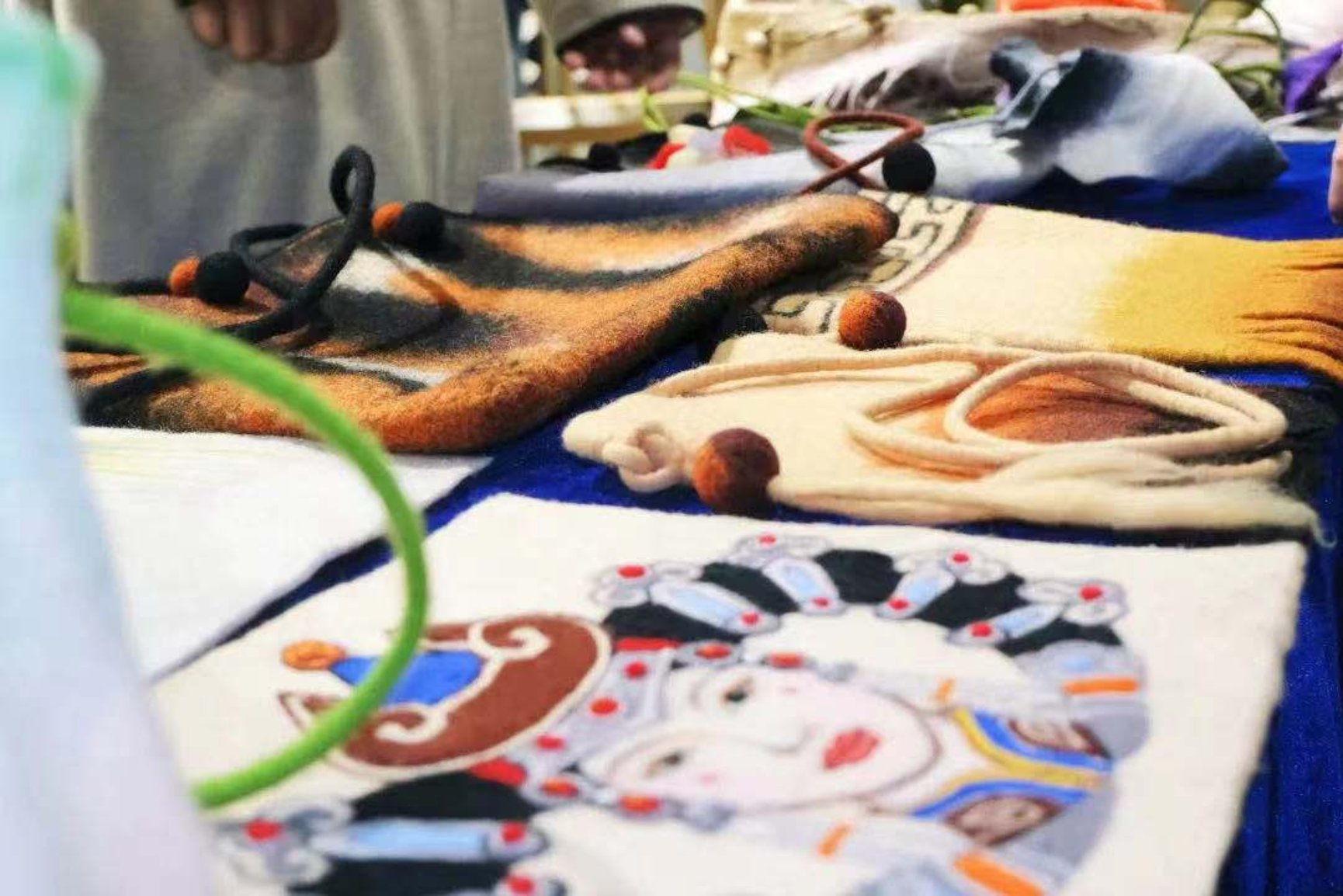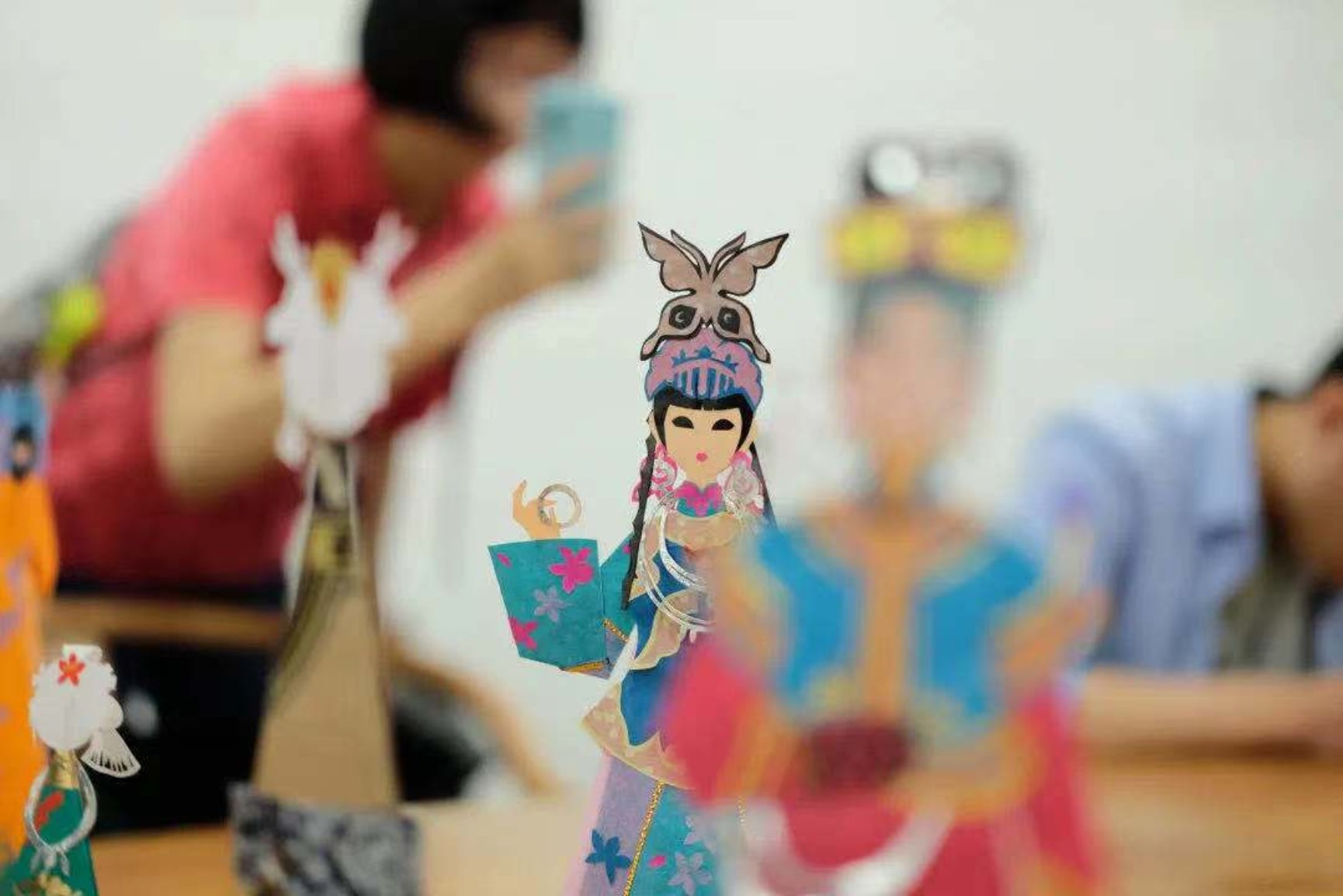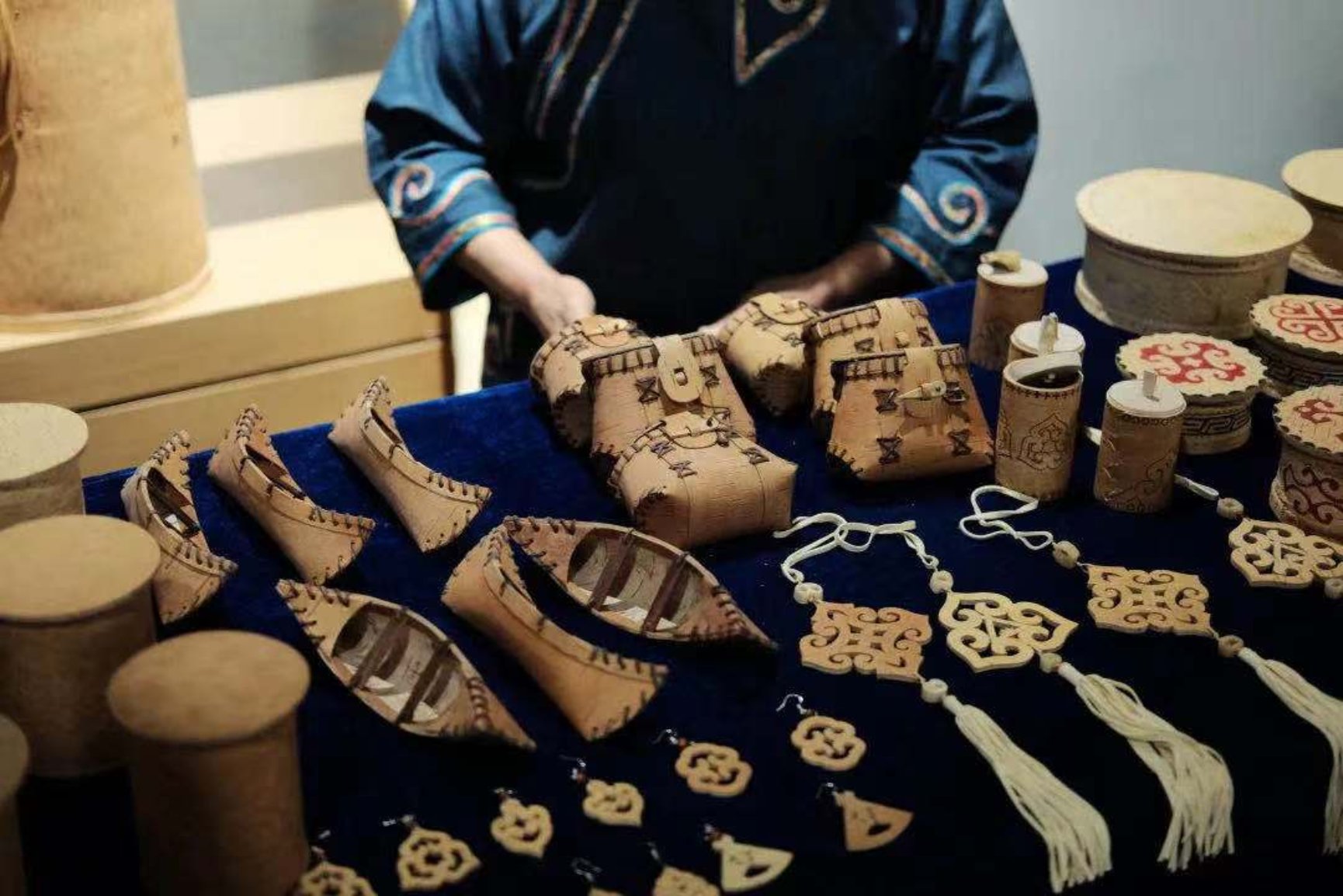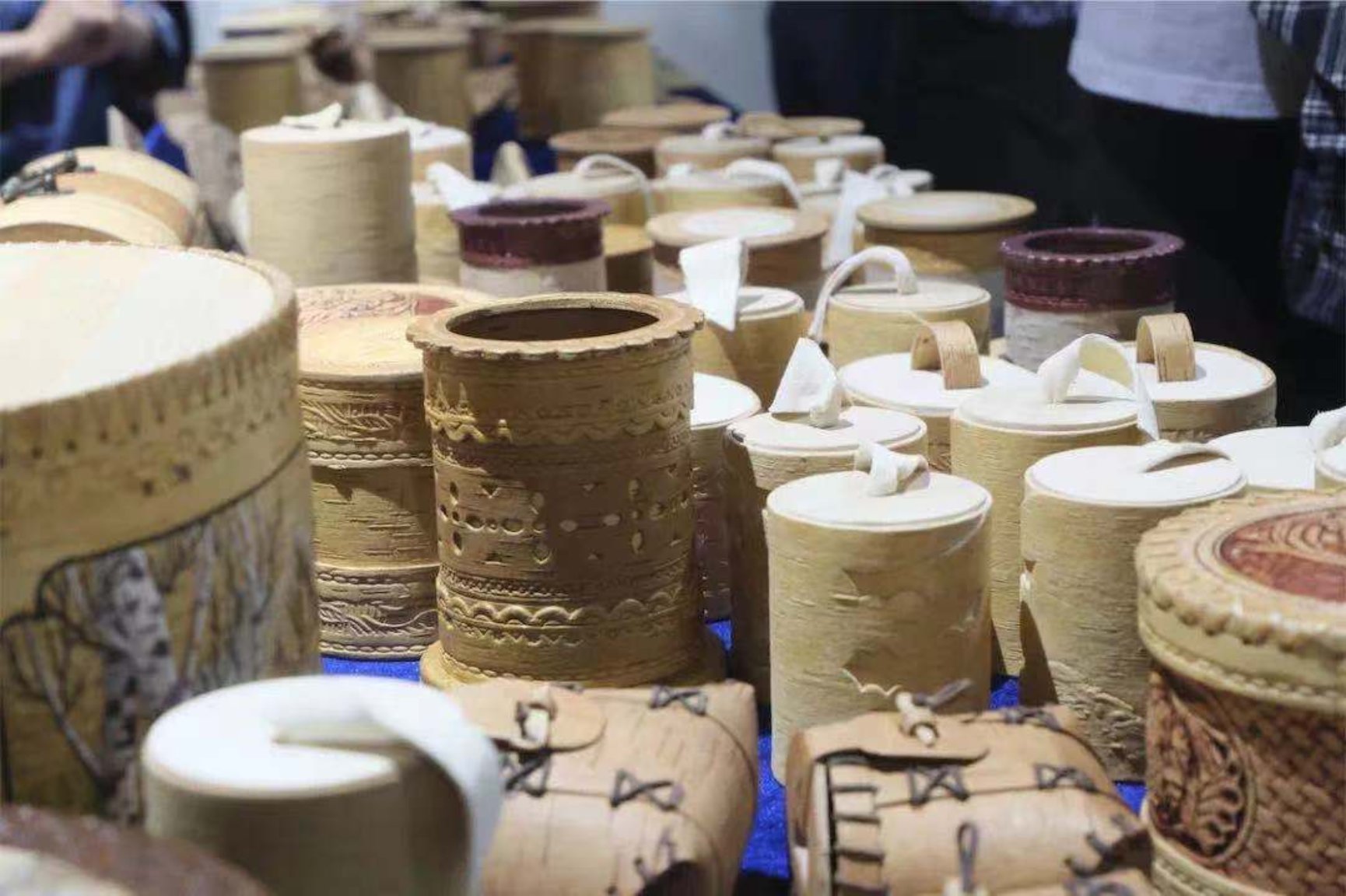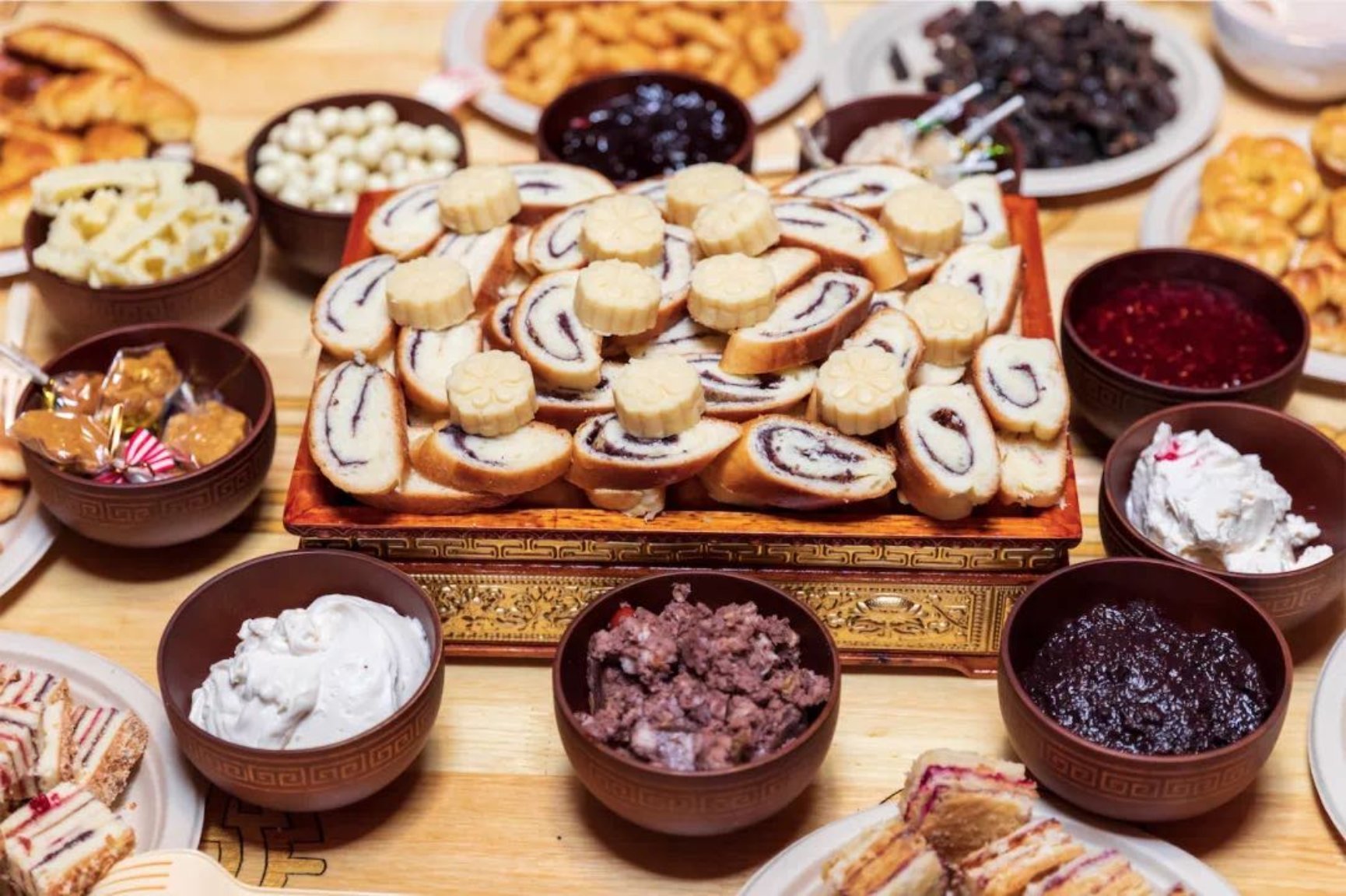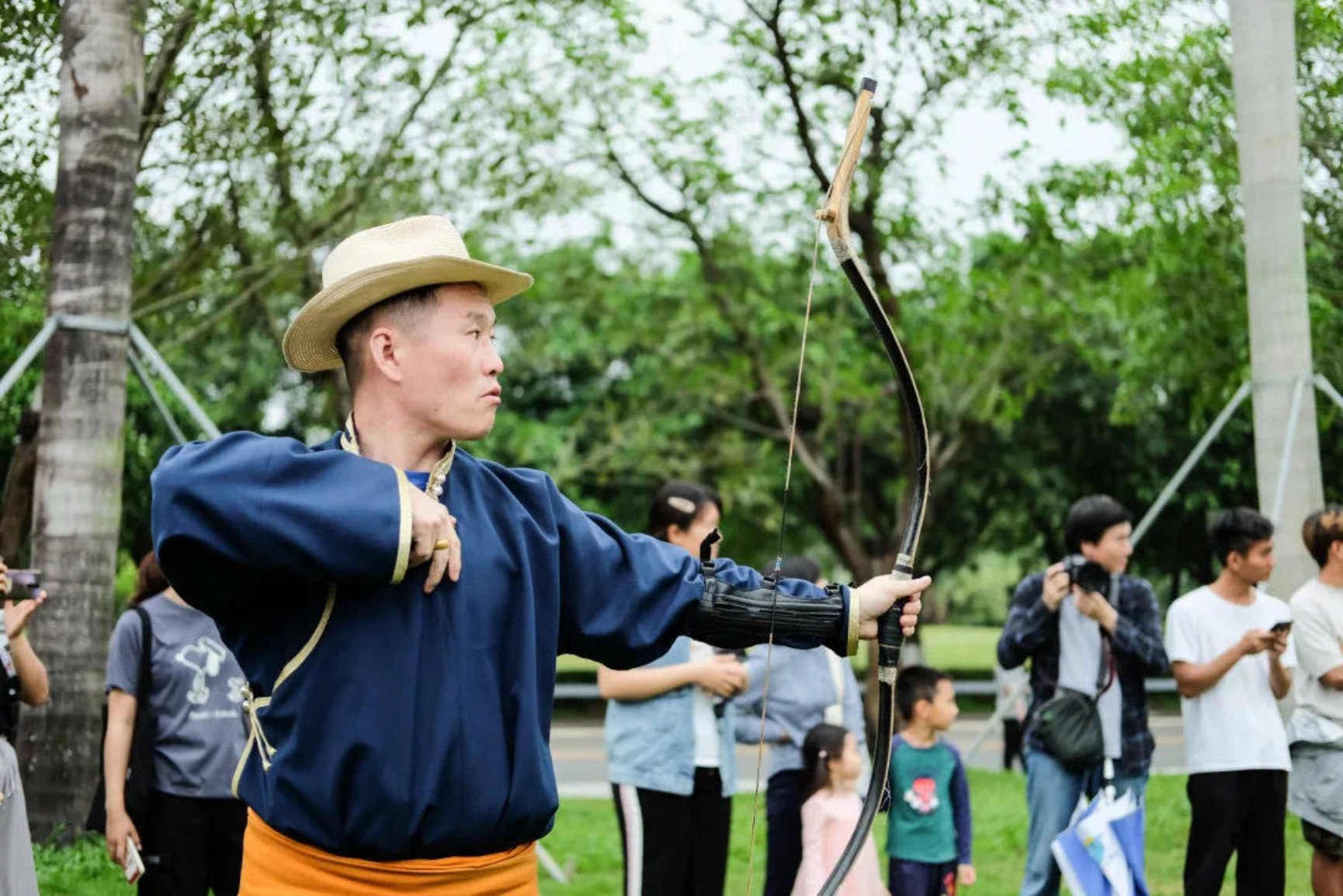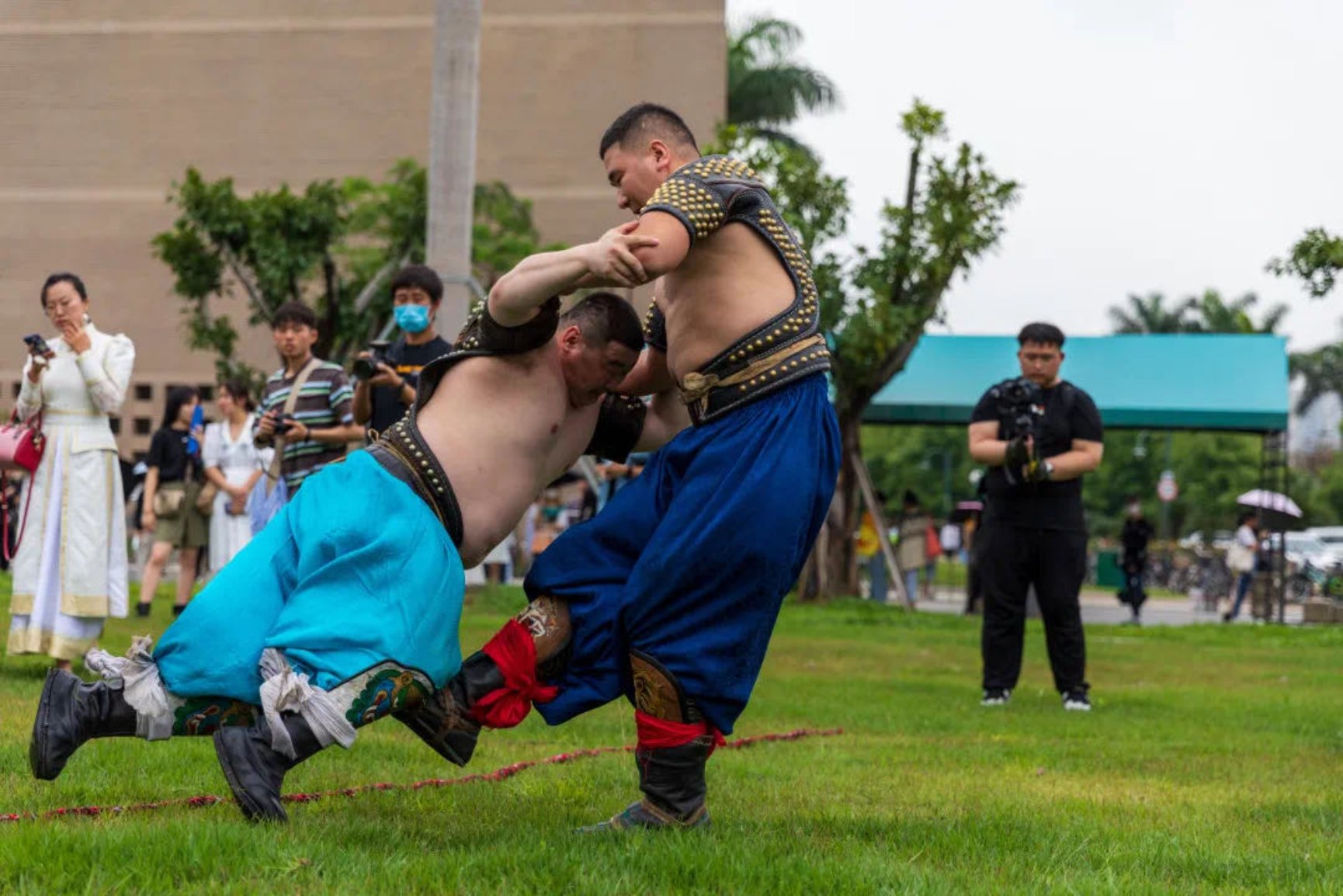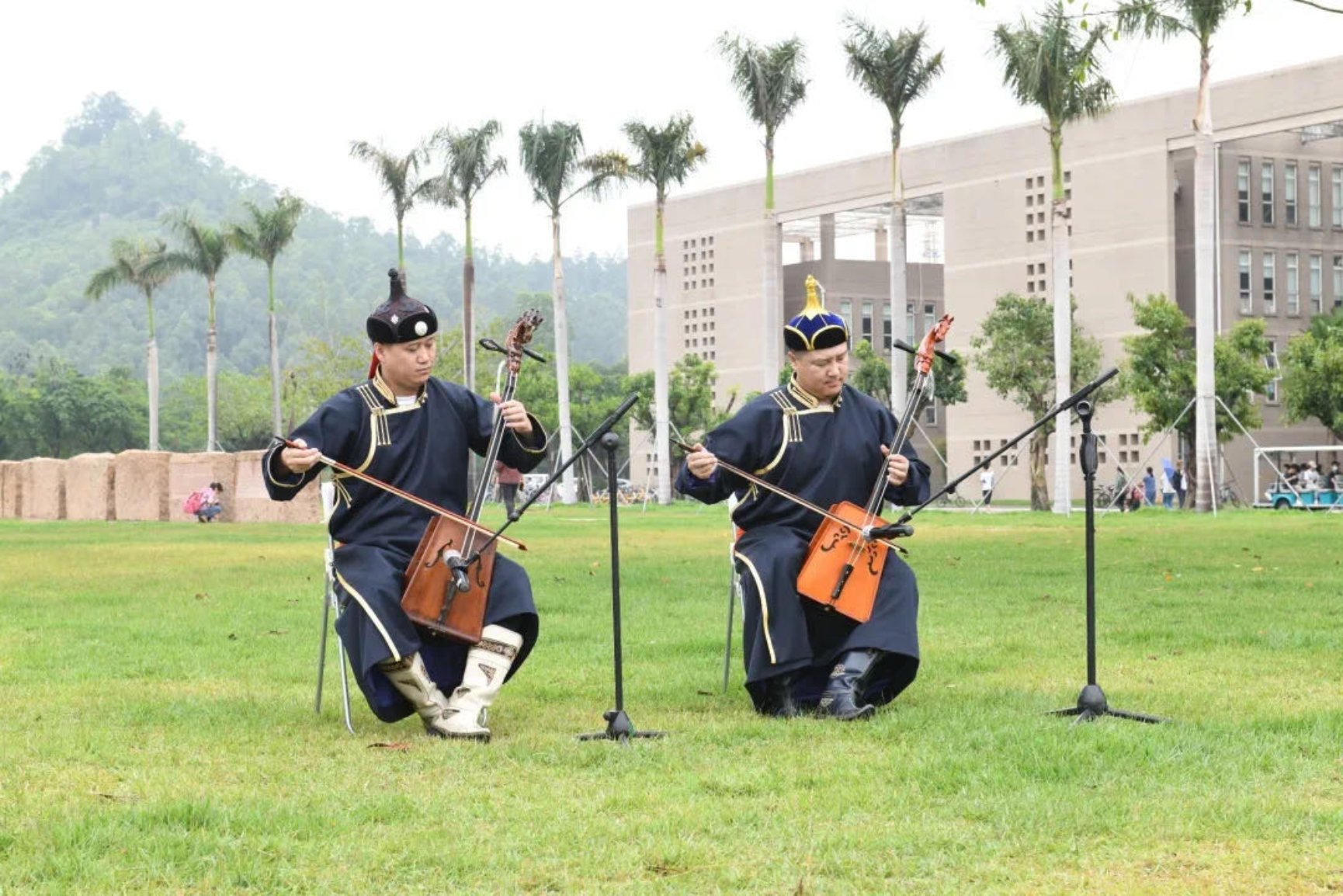Inaugural Ceremony of the BNU Study Hall of the Intangible Cultural Heritage and Inner Mongolia’s Intangible Cultural Heritage into Campus was held
On the morning of April 17, Inaugural Ceremony of the BNU Study Hall of the Intangible Cultural Heritage and Inner Mongolia’s Intangible Cultural Heritage into Campus was held at Zhuhai campus.

the BNU Study Hall of the Intangible Cultural Heritage is high-standard, characteristic and professional built by Research and Development Center for Intangible Culture Heritage of Beijing Normal University at Zhuhai, which is one of the few professional places dedicated to studying and imparting intangible cultural heritage among the universities in China.
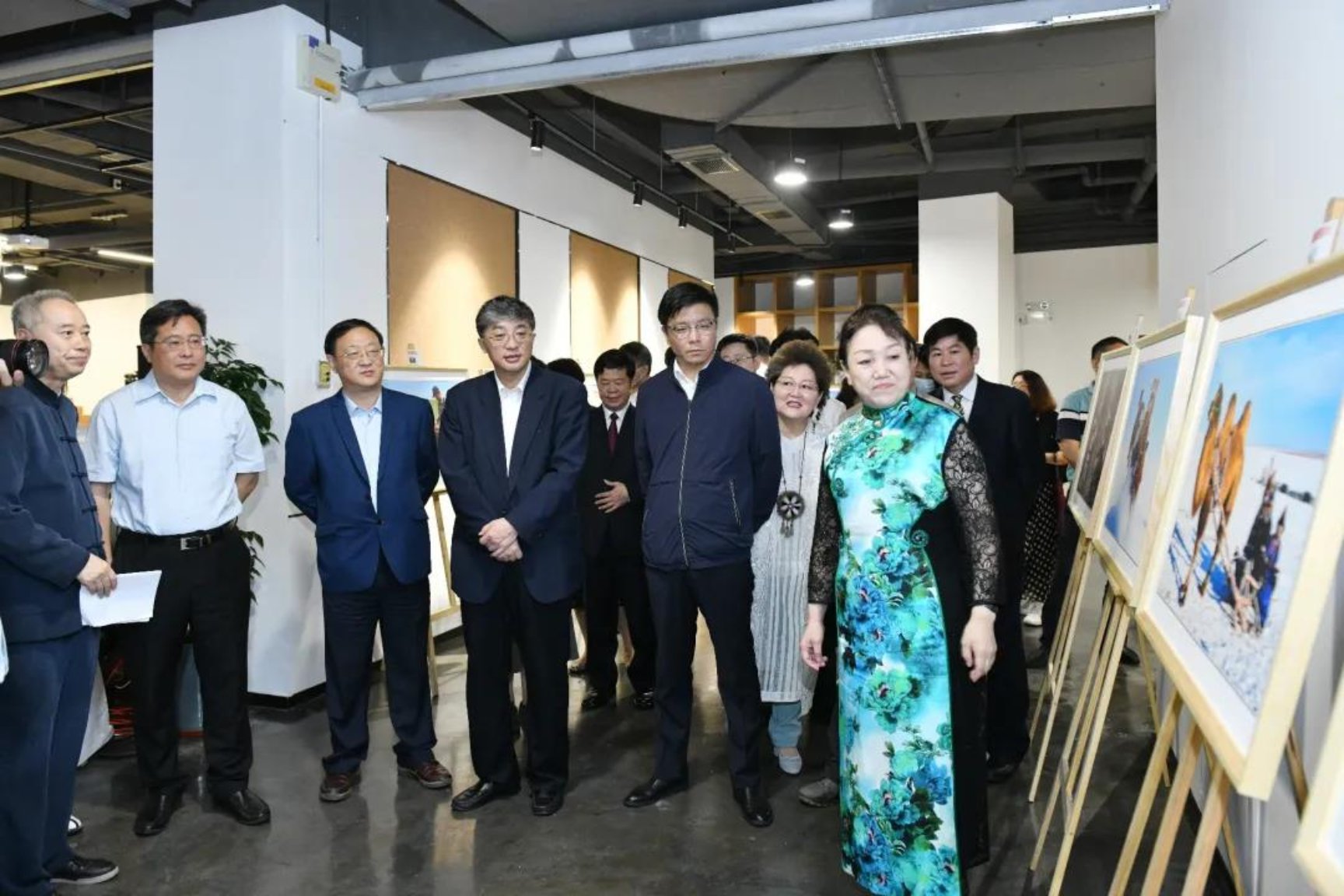
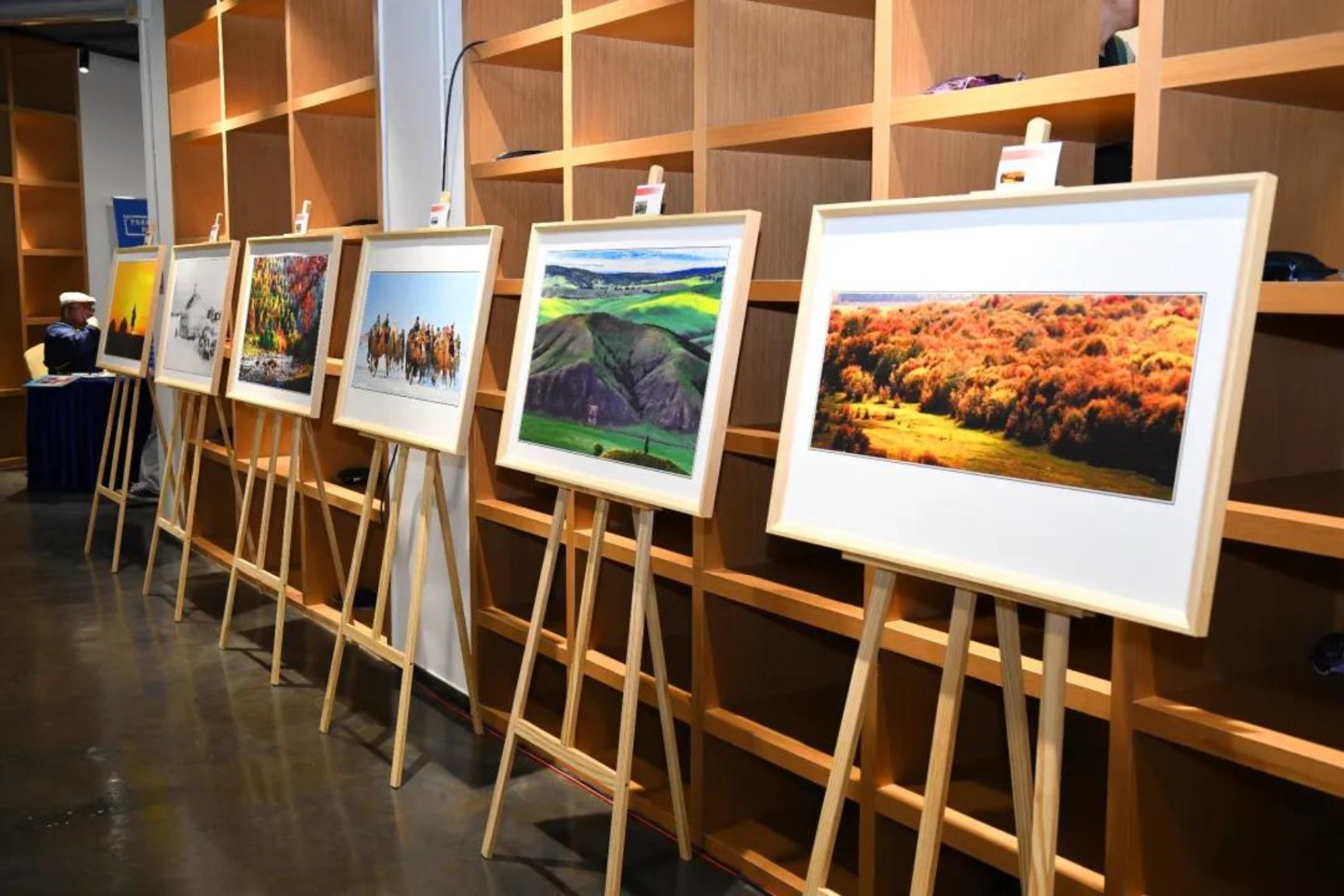
This study hall integrates the functions of study, collection, exhibition and show, with the covered area of 1221.3 square meters, and is mainly used to carry out practical teaching, training, seminar, innovation activities about intangible cultural heritage as well as to drive the construction of campus culture. It is open to students of other colleges and universities, primary and secondary schools, as a second classroom for intangible cultural heritage education, it strives to make the study hall a first-class highland for intangible cultural heritage education in China.
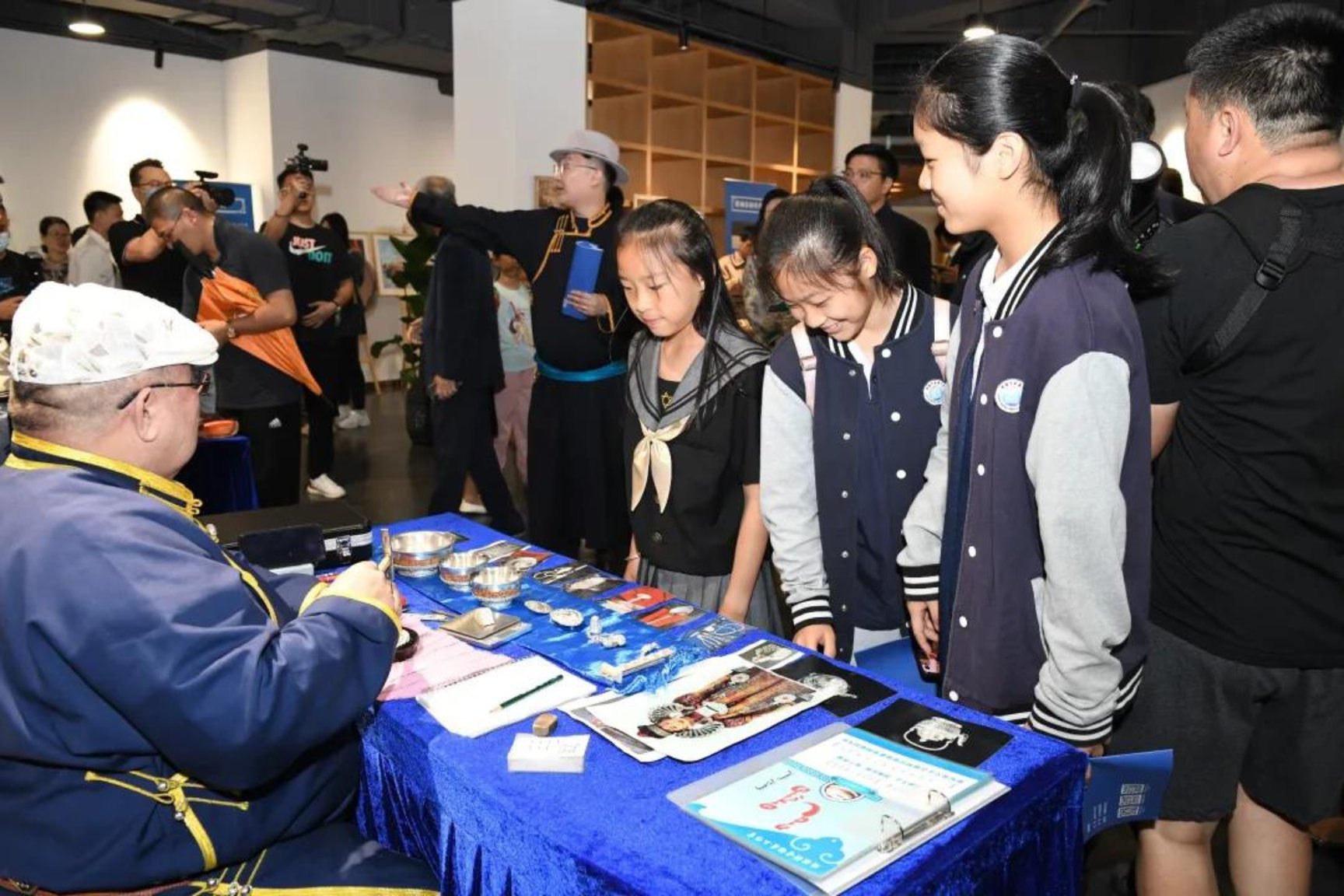
As the first activity of the study hall, Inner Mongolia's Intangible Cultural Heritage into Campus series of activities lasted for 5 days, aiming to promote the research and development of intangible cultural heritage and the integration of excellent traditional culture into universities and students. More than 60 representative inheritors and performers of Inner Mongolia's intangible cultural heritage were invited to BNU at Zhuhai to carry out 17 exhibitions and interactive experiences.

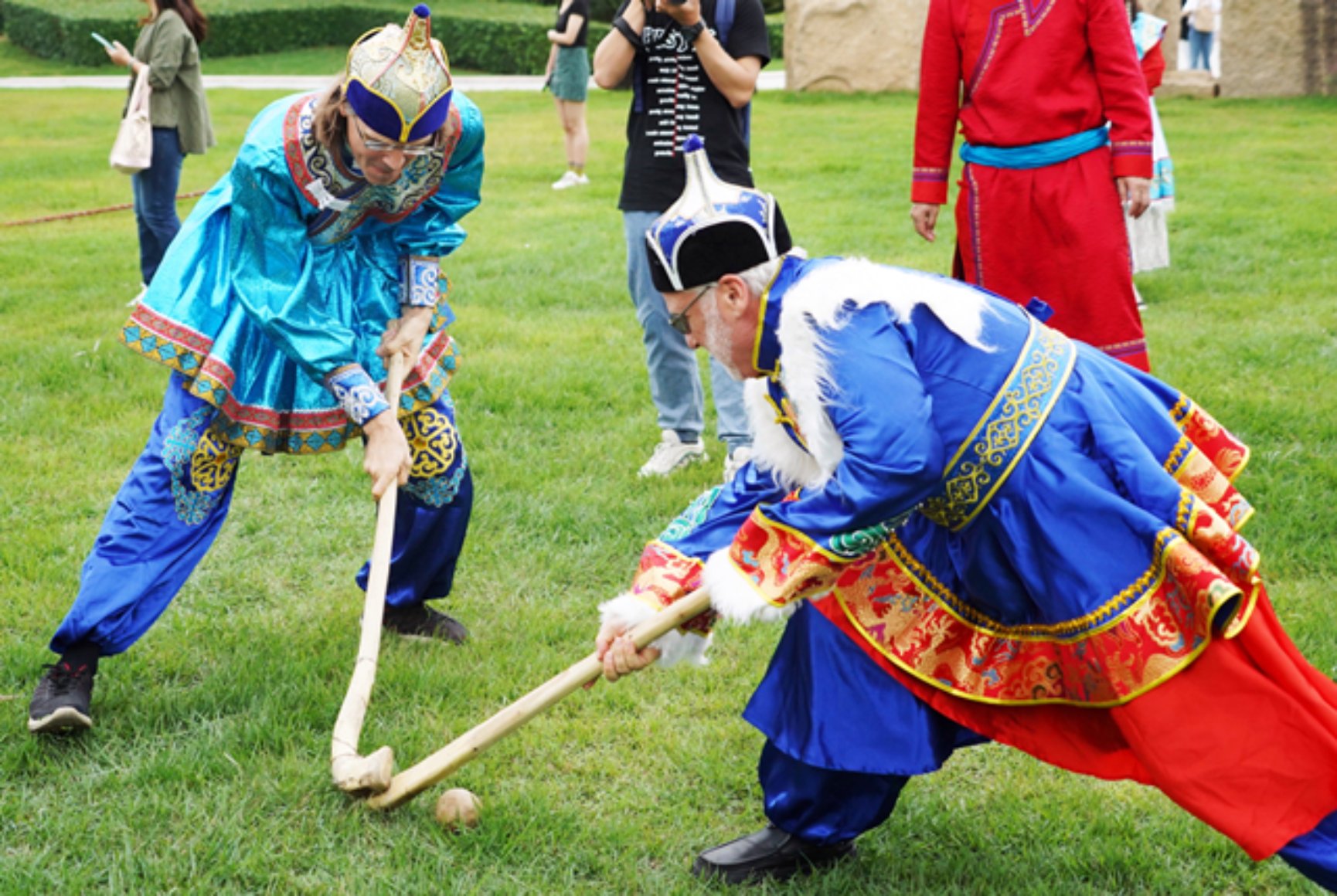
It is hoped that intangible cultural heritage will be passed on from generation to generation and young people will develop a love for intangible cultural heritage and try to learn it.
